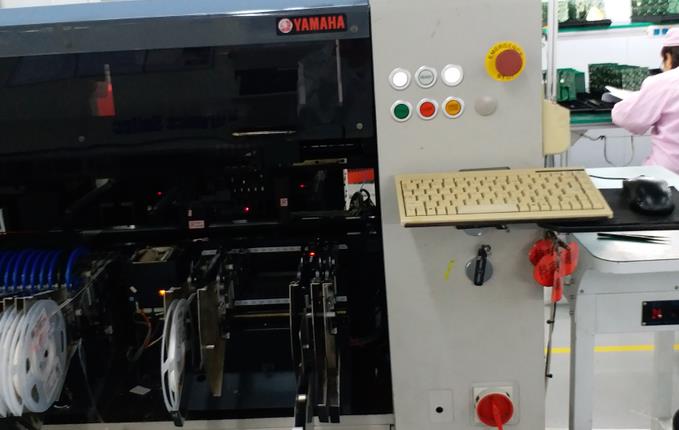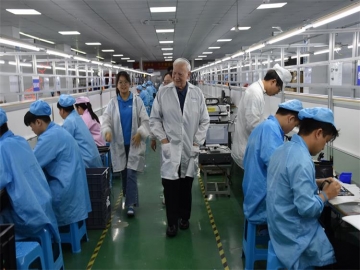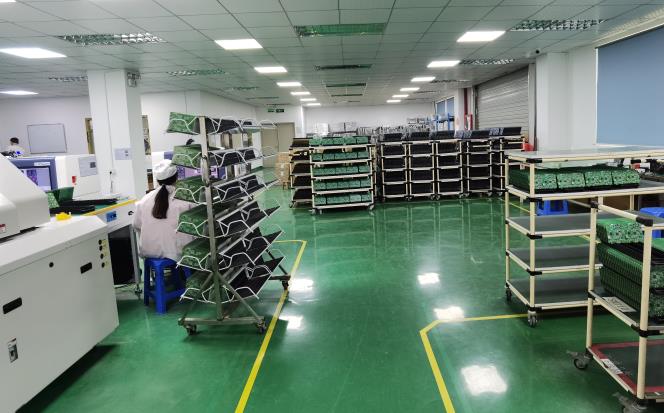What is SMT in PCB manufacturing?
SMT in PCB (Printed Circuit Board) manufacturing refers to Surface Mount Technology (SMT), also known as Surface Mount Technology. It is a technique used to directly mount electronic components onto the surface of PCB boards, utilizing small, surface-mount electronic components instead of traditional pin-through components. Here's a detailed explanation of SMT in PCB manufacturing:
Definition and Characteristics
Definition: SMT is a process where electronic circuits are assembled on the surface of PCB boards. Since the electronic components used are pinless, chip-type components, it is referred to as Surface Mount Technology.
Characteristics: Compared to traditional through-hole technology, SMT offers higher assembly density, smaller size, and faster production speed. This makes the circuit boards more compact and neatly arranged, suitable for the production of small electronic devices such as mobile phones, tablets, and TVs.

Categories and Processes
Categories: SMT primarily involves two stages: placement and soldering. The placement stage involves equipment such as placement machines, placement trays, and placement jigs. The soldering stage encompasses processes like reflow soldering and wave soldering.
Process: The SMT process mainly includes steps like paste printing, placement, reflow soldering, and inspection. Paste printing involves applying solder paste onto the PCB. Placement is the act of placing SMD (Surface Mount Device) components in their correct positions. Reflow soldering melts the solder paste to connect the components to the PCB. The inspection stage involves visual inspection, Automated Optical Inspection (AOI), and X-ray inspection to ensure soldering quality.
Relationship with PCB and PCBA
PCB: PCB stands for Printed Circuit Board, which is the base substrate that supports electronic components. It does not include electronic components itself but provides the circuitry for them to form a complete circuit.
PCBA: PCBA stands for Printed Circuit Board Assembly, which refers to the process of mounting electronic components onto the PCB and completing subsequent processes like soldering. In simpler terms, PCBA is a PCB that has already undergone component assembly. SMT is the primary technique used to achieve PCBA.
SMT plays a crucial role in PCB manufacturing, being a key technology that enables the miniaturization, compactness, and high performance of electronic products.
Tags: PCB /SMT /PCB_manufacturing /
Prev: Why does the PCBA industry concentrate in only a few countries and regions?
Next: PCB Assembly Service ODM Process



![What is the difference between PCBA and PCB? [Chart Explanation] What is the difference between PCBA and PCB? [Chart Explanation]](https://www.neweiodm.com/uploadfile/2024/0622/thumb_360_270_40266a5f71ff59f.png)




